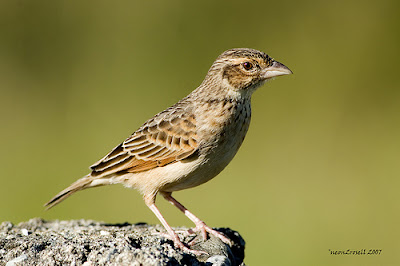It happens all too often: A trusting individual will pay a
visit to a community pet store. Once inside, they circular a area to discover
themselves encounter to deal with a wonderful, strongly shaded Macaw who meets
them with a energetic "Hello!" Immediately, the individual is
affected, and minutes later they are driving house with their new bird.
Many people that end up in this situation are uninformed
that Macaws can stay for close to 100 years. Some have no idea that these
wildlife have unique nutritional specifications, or that they need to be
managed and let out everyday. Often, circumstances like these lead to
disappointed entrepreneurs and undesirable wildlife. Create sure that this does
not happen to your household by examining these guidelines on determining on
the best small rodent for you!
What Dimension Bird is best for you?
As a guideline, the larger the small rodent, the larger the
responsibilities engaged with maintaining it. Large wildlife will make
remarkable partners, but are often higher, messier, and more strenuous than
lesser species. For these aspects, it is usually suggested that beginner small
rodent entrepreneurs start out with a minor small rodent. The dimensions your
small rodent will be essential in identifying how you will proper take health
care of your pet, as far as training, real estate specifications, and overall
connection. Before you buy a pet, it's essential to think reasonably about how
much small rodent you can manage.
Behavior and Temperament
Do you want a small rodent that will be willing to come out
of his crate and interact socially, or would you like a pet that prefers to be
seen but not touched? The way your small rodent concerns you will be an
essential aspect in the quality of your possession encounter. Keeping this in
thoughts, it is worth noting that different types wildlife display various
habits and tendencies. An Africa Greyish will act quite diversely from a
Canary, for example. Those in the market for a pet small rodent should ensure
that to analysis the species that they are interested in so they can choose the
small rodent whose character will be most suitable with their own.
Nutrition and Maintenance
Some wildlife needs specific diet plans or other additional
health care. Lories, for example, are wonderful medium-sized wildlife popular
around the world for their stunning colors. They have highly specialized
intestinal systems, however, which need them to be fed a diet of plant pollen,
nectar, and fruit. This in turn causes them to generate fluid excrement,
creating it necessary to clean their crates more frequently than those of other
species. While there are plenty of aspects to buy a pet small rodent, it is so
essential for potential entrepreneurs to learn as much as they can about their
preferred species before offering one house.
Budget and Finances
Keeping a small rodent can be expensive, and much of that
expenditure can be related to the type of small rodent engaged. Larger wildlife
sometimes has an initial price of countless numbers, and these species usually
need expensive crates and components that increase the expenses even higher.
Even lesser wildlife, while often originally more affordable, still present
their entrepreneurs with various debts. Some wildlife can stay a while, and
those that own them are accountable for offering, real estate, and offering
them with professional health care throughout their life. All of these aspects
should be considered when buying a small rodent so that you end up with a pet whose
maintenance you can manage.
Time Commitments
Some small rodent species, particularly the hook bills, need
everyday exercise, connection, and periods of their crates. Are you able to
extra at least two hours a day to interact socially with your small rodent and
oversee his out of crate activities? If not, a Finch, Canary, or other more
separate species may be best for you. To ensure that your pet continues to be
happy and healthy, you should consider how a while you have available to spend
with your small rodent when determining which kind you would like to own.
For those that put a little effort into choosing a pet that
will be suitable with their way of life, small rodent possession can be a
extremely enhancing encounter. A little analysis and cautious thought can go a
lengthy way for creating sure that your connection with your pet is meant to be
an excellent one. By fighting off the encourage to buy a small rodent on wish
and maintaining these essential guidelines in thoughts, you are sure to make
the right decision about which species will be best for your household.



























